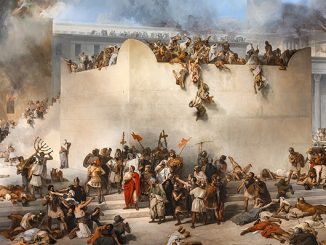
Extra, extra! News and views for Wednesday, November 19, 2025
Rupnik is “Credibly Accused” – “Rupnik’s accusers, in short, have been patient for decades. So have other victims everywhere in the world.” As Pope Leo XIV meets Belgian abuse victims, Rupnik accusers wait for justice […]











